How to hide IP address on Local Area Network
Use tested methods to hide your IP for total privacy on LAN
7 min. read
Updated on
Read our disclosure page to find out how can you help Windows Report sustain the editorial team. Read more
Key notes
- The tech era is as dangerous as it is advantageous, so privacy protection should be a priority.
- Thus, you should aim at keeping your online identity hidden by all means necessary.
- One way to do that is by hiding your IP address. However, there are many ways to do that.
- Our guide offers you four different ways to hide your IP address and maintain anonymity on the web.

There’s a thin line between a technological paranoia of online surveillance and the real reasons you need to worry about your privacy while roaming online.
Things have changed, and not for the good in the privacy department, so we, users, need to take matters into our own hands and protect ourselves. Hiding your IP address on both LAN or Wi-Fi, trusted or public networks is the first step on the long road of online anonymity.
We already covered a lot of privacy-sensitive subjects, and today is the day reserved for LAN. Local Area Network or LAN is usually the safest, fastest way to access the internet.
However, there are still valid reasons why one would want to hide their IP address while surfing online, or creating, accessing, and downloading content.
We made sure to explain everything while focusing on the best ways to hide your IP address. Make sure to check out those in the continuation of the article.
Why should you hide your IP address on LAN?
In comparison to, let’s say public Wi-Fi networks, Local Area Network (wired internet connection) is much safer, faster, and more reliable. Nonetheless, don’t let that undermine the fact that hiding IP is still something you should seriously take into consideration.
You’re indeed less exposed to hackers, but there are still more than enough arguments to hide your IP address while using the trusted home network.
Here are the most common reasons why one would want to hide IP address even with the modestly-secure Local Area Network:
- Anonymity. Your browsing history, habits, patterns, and interests should be private. Don’t let third-party sites, marketers, and government spy on you.
- Safety. Hackers and cybercriminals can take advantage of your IP address.
- Avoiding geo-location boundaries. A lot of online content is under geo-restrictions. Since the IP address is the only way to determine visitors’ geo-location, you can visit any site with the hidden/masked IP address.
- Torrents and other not-exactly-legal activities. No one in their right mind will promote piracy, but if peer-2-peer multimedia downloading is your cup of tea, hiding your IP address is something you should take seriously.
Ten years ago this IP address tweaks didn’t have too much importance but in the current meta-state of the World Wide Web, things work in a different manner.
Censorship, hand-loose ISPs with access to your browsing history that’s later sold to the highest bidder, government privacy infringements, content elitism, etc. It seems that the only way to fight it is to turn to one of the steps we provided below.
How can I hide my IP address while using Local Area Network?
1. Use VPN tools
Most certainly the easiest or, at least, the most reliable and user-friendly way to stay anonymous online is using VPNs (Virtual Private Networks).
Imagine a VPN as a mediator between you and the internet. Once active, VPN will let you change your native IP address with one of the many others available around the world.
Therefore, they mask your IP address and replace it with an alternative of your choice. Besides that, some of the VPN solutions offer encryption and extra features, but we reckon that the main differences rest between free and premium options.
Speed differences and server availability are the key differences between paid and free-of-charge solutions. For those who want real online privacy, VPNs are certainly worthwhile.
VPN clients offer easy-to-use, intuitive apps. You don’t have to be in the know to configure and use one. One of the best VPNs out there that offer high-quality servers and a simple setup is ExpressVPN.
Putting your privacy first, ExpressVPN comes packed with numerous features designed to anonymize your browsing and keep your traffic secure and encrypted as well as your data monitoring-free.
One of its most convenient features for this job is the IP cloaking function that hides your location and replaces it with an IP from its impressive network of worldwide placed gateways.
Make sure you enable the kill switch that prevents your IP from being exposed in case of the connection drops down and also pay attention to the records policy.

ExpressVPN
Mask your IP address and encrypt all your traffic data for truly private and secure LAN connections.2. Use Proxy services
Now proxy servers are basically browser-focused solutions. With that out of the picture, they’re fairly similar to VPN solutions. Of course, bandwidth speeds and levels of encryption are of lesser value on proxies.
In addition, they are often countered with reverse proxies that stop the mirroring effect proxy server does in order to mimic your own IP’s activity. Which means that some sites will still remain geo-restricted. Check out the best privacy protection software for Windows 10.
Nonetheless, even if they’re not as good as VPNs, they can certainly come in handy for simple operations like avoiding geo-restrictions and retaining acceptable levels of privacy.
So, you can indeed use a proxy to hide your IP address while using LAN, but don’t expect miracles. It depends on your needs. Furthermore, some users are quite satisfied with browser extensions that are often marketed as VPN solutions.
They’re just proxy solutions (for obvious reasons), but some of those are a valid choice for undemanding users. If you’re more site-oriented, here’s the list of proxies that will temporarily hide your IP:
3. Try out Tor Browser
We can’t possibly make a list of ways how to hide your IP and avoid mentioning Tor Browser. In the era when every browser developer advertises as pro-privacy, there’s one browser that’s above and beyond the mainstream competition.
And that’s Tor (The Onion Router) browser that offers multi-layered encryption and it’s completely free and open-source.
Check out this complete guide on how to download and use Tor Browser on Windows 10.
You can use it as your daily driver or run Tor only when you need that extra privacy and safety. It employs the DuckDuckGo search engine, albeit it slows the bandwidth speed a bit.
In addition, you can use the Tor browser to access the Deep Web, which seems to be the thing for some users. Another thing in favor of Tor is, obviously, a preferential selection of security.
You can let it only hide your IP and work like any other browser or use its full protective potential and utilize military-grade security.
Either way, the best results will come by combining VPN and Tor, making you the ghost on the grid. You can download Tor for free by following this link.
4. Reset IP with the Command Prompt
Finally, the last way we decided to enlist doesn’t have too many similarities with the ones we presented above. Namely, it includes Command Prompt and resetting of your current IP address.
However, this solution is only there if you want to change your IP address once if your IP got banned or blocked. Should your PC not acquire IP address, here’s how to solve the issue.
It’s not a permanent privacy solution, not by a long stretch, but since it’s practically a way to hide your IP, we decided to put it with the rest. Of course, you’ll need to have a wired connection in order to perform it.
Here’s how to reset your IP address with the little help of Command Prompt:
- Connect your PC to a router or modem via a LAN cable.
- In the Windows Search bar, type cmd.
- Right-click on Command Prompt and run it as an administrator.
- In the command line, type the following commands and press Enter after each:
- Restart your modem and PC and check for changes on ShowIp.net
This workaround also depends on your ISP’s policy, so some users won’t be able to repeat it too often.
With that, we can conclude this article. We hope that this was an insightful and informative read.
In case you have an alternative way to hide your IP while using LAN, or questions regarding the ones we already noted above, there’s the comments section below.



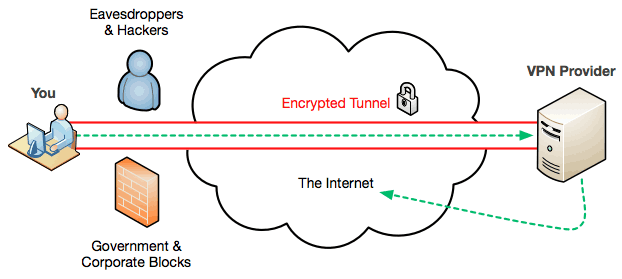
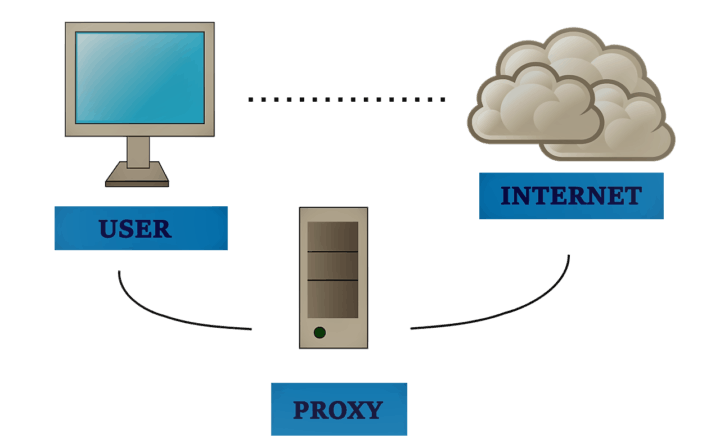
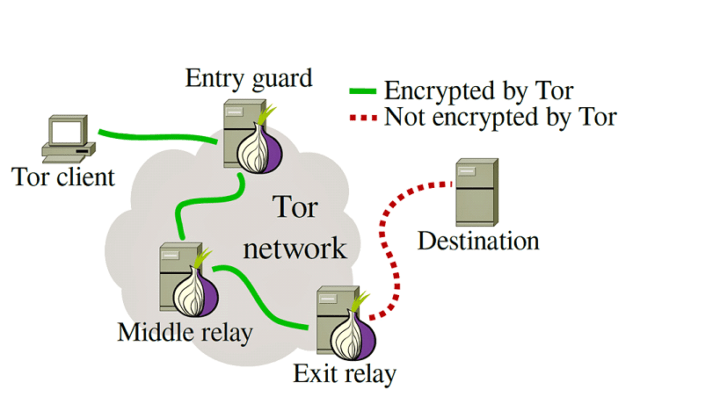
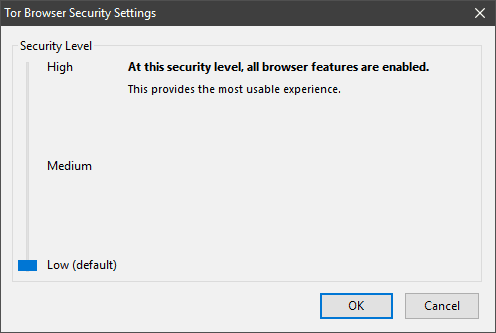
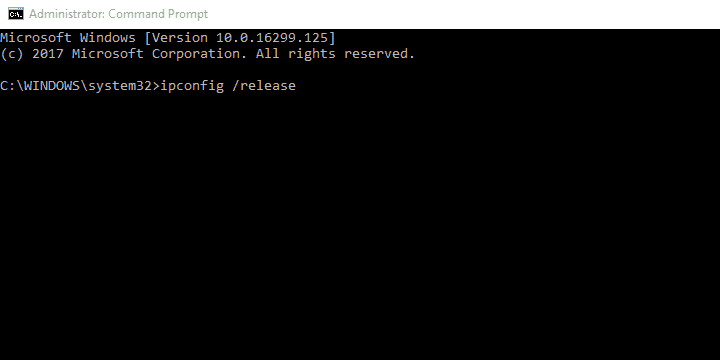









User forum
0 messages